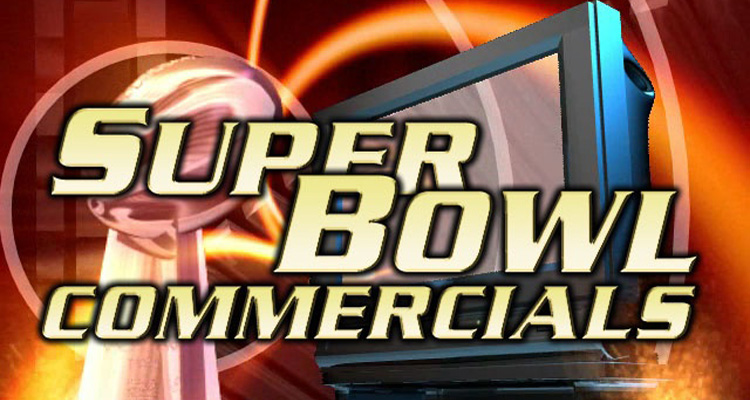This year, Super Bowl advertisers paid $4.5 million per ad. This seems steep compared to what they could do elsewhere for the same ad spend. However, according to a recent Forbes article, the cost is worth an estimated $10 million when all of the integrated components are taken into consideration. The pure quantity of people who were exposed to the product, the views and impressions of the brand through social media and the positive buzz about the brand help to boost the value of these ads. The caveat is they need to be done well. But, how is “done well” defined or identified?
The panel of speakers at the Minnesota AMA’s 3rd annual Super Bowl Ad Review gave me some insight on what it takes for brands to make the significant Super Bowl ad spend worth it by going through what worked and what didn’t work with this year’s ads. The panel included Dennis Ryan, chief creative officer for Olson; Julie Batlinger, senior partner at Carmichael Lynch Spong; Nathan Nerland, CEO and chief creative officer for Nerland Co.; and Tim Palm, creative director at Spyglass.
The Formula
A few months ago, we heard the Budweiser Clydesdales would not be making an appearance in their holidays ads. However, they were back for the big game. Budweiser’s formula of good looking farmer, cute puppy and heroic Clydesdale horses has worked well for them. It also works better with a larger female demographic tuning in. Was it manipulative? Yes. Was it expected? Yes. Was it money spent wisely? Yes. This ad was released online with 16 million views before the actual game.
Similarly, the Snickers Brady Bunch commercial used the same formula the candy maker has been using for a while now but, somehow it still surprises us. The “Eat a Snickers. You get a little hostile when you’re hungry” formula works. It may not cause us to talk about it around the water cooler the next day, but does represent their brand message. A few ad fun facts: This ad won the first Super Clio which, in the ad world, is like the Oscar of Super Bowl ads. BBDO, the ad creative agency, had to sift through four seasons of The Brady Bunch in order to get the right looks, positioning and actor commentary for appropriate voice overs for this ad.
The Purpose
One way a brand can appeal to its audience is through authenticity. We saw that in a few ads this year. First, the Always “like a girl” ad meshed real feedback with a thought-provoking message about what it really means to be “like a girl.” This ad created 100 million new views for Always, not by talking about a product, but by talking about something of interest to its target market.
When I go to McDonald’s and the drive through speaker says “welcome back,” I automatically feel defensive. How did they know I had been there before? I have similar emotions if people accuse me of shopping at Walmart. How do brands change this emotion? One way is by being nice to people. McDonalds wants people to come in the door rather than through the drive through and they don’t want people like me to feel embarrassed about being there. Their “pay with lovin’ ” event on Valentine’s Day is a start. According to Dennis Ryan, McDonalds owned the social space around the Super Bowl. People were talking about them in a positive way.
The Goofy
“It is a risk to show a bunch of losers as the consumer base of the brand,” says Tim Palm. Local agency, Fallon, had the challenge to create an ad for a glue company. The biggest problem for advertisers, especially for such a large event like the Super Bowl, is to go unnoticed. Loctite certainly did not do that. People now know what Loctite is which is good because they used most of their budget for the year on this one ad. They also know what Loctite can do based on three product demos within the ad. The brand took a risk to be goofy. Time will tell whether it worked to boost their sales but it definitely worked to boost the buzz around their product. They found a different way to engage the viewer. It wasn’t surprise or cause marketing; It was simply being confident enough in the brand to make fun of themselves. Loctite went even further by calling Budweiser out on social media for buying up keywords related to the Loctite brand.
What Didn’t Work
Like most consumers, it’s hard for me to pinpoint an ad that didn’t work: bad ads are simply not memorable or meaningful enough for me to remember the brand connection with the ad. The Northwestern Kellogg School does an ad review each year ranking each on an A-F grading scale.
Because we, as consumers, are getting more and more segmented based on which social media we use, what websites we visit and which forums we choose to participate in, advertisers are able to hone in on this and market to smaller niche audiences. The Super Bowl is a unique opportunity for advertisers to reach out to a mass audience. How do you think they did? What were your favorite and least favorite ads?







